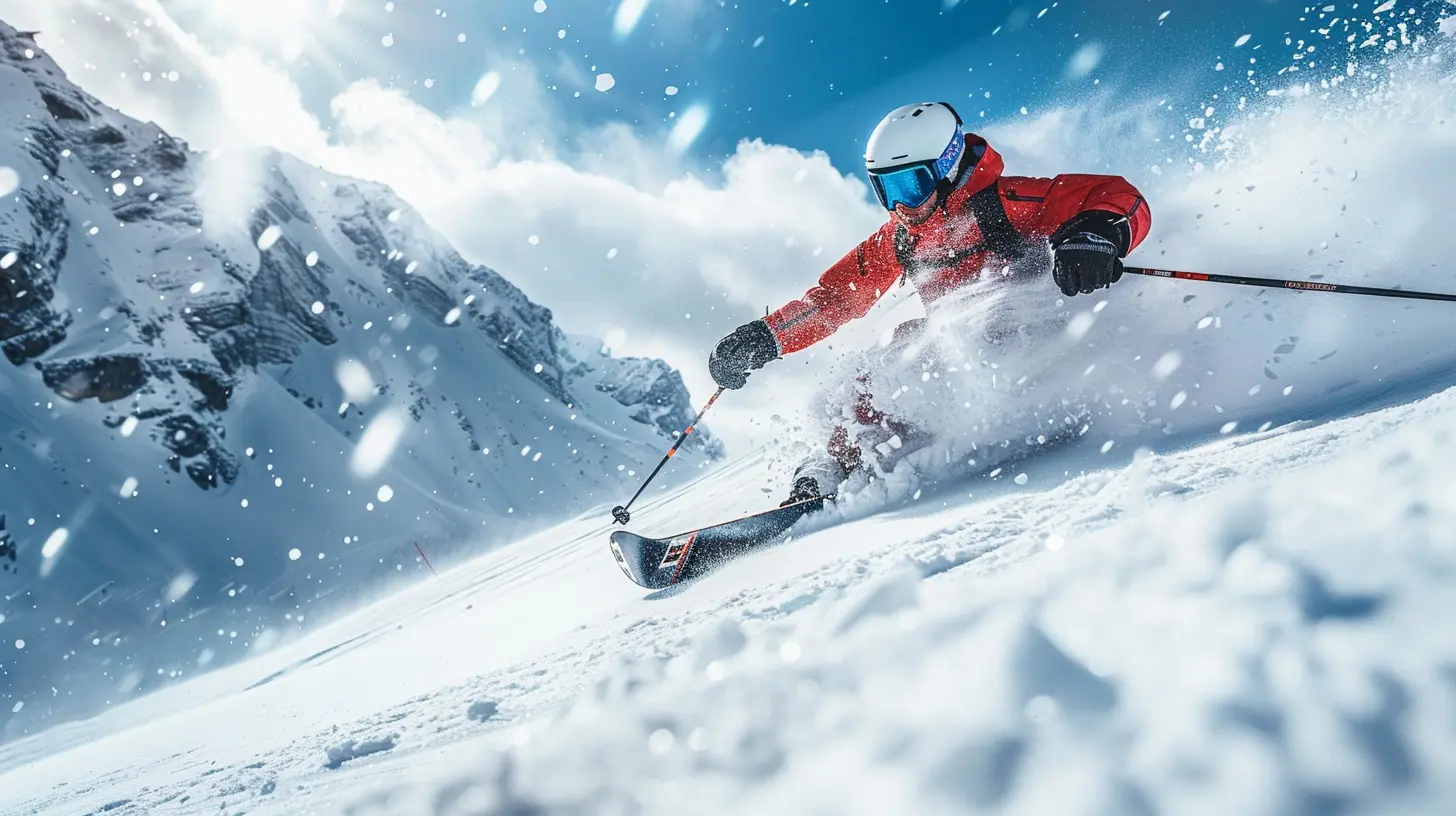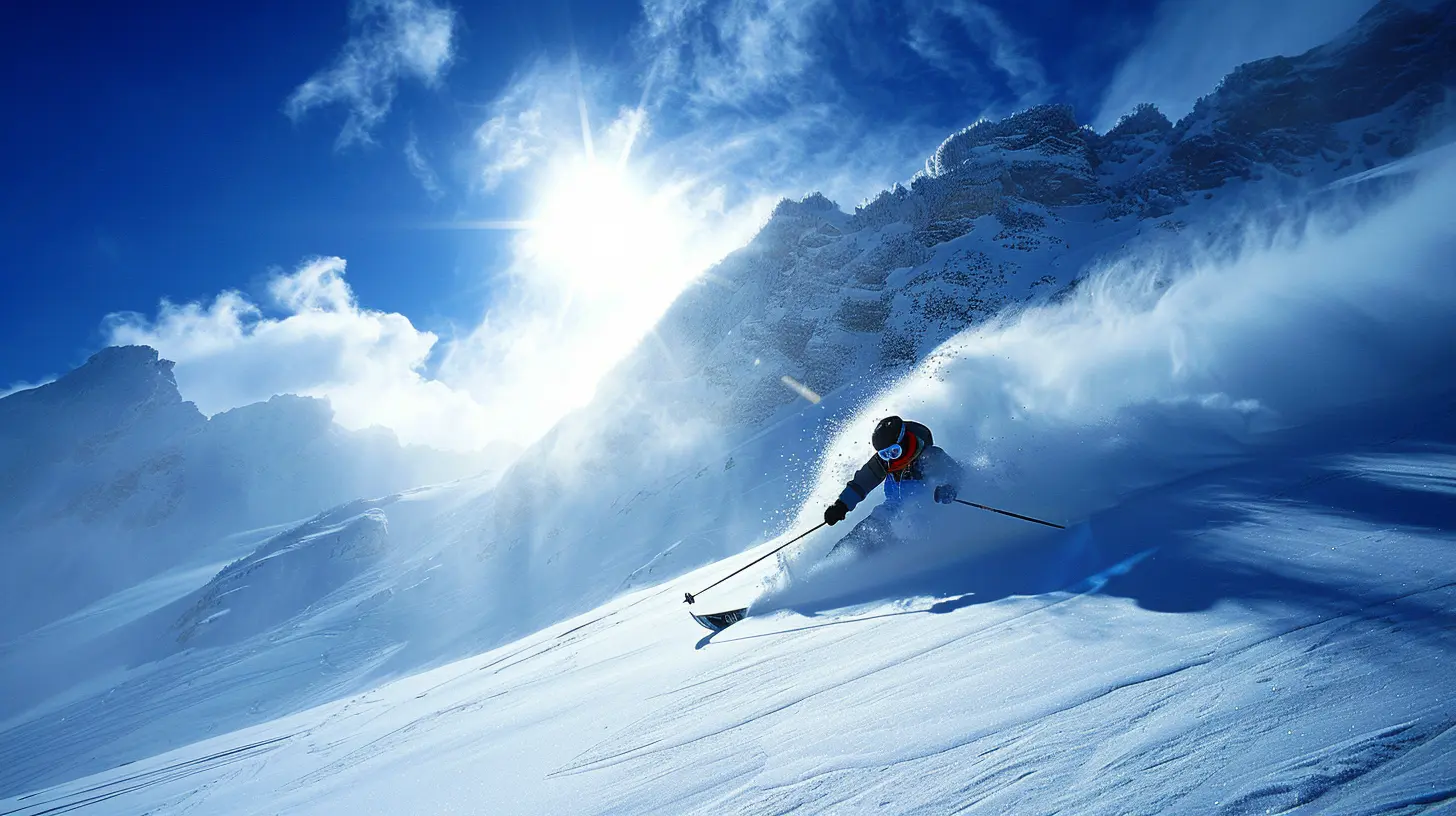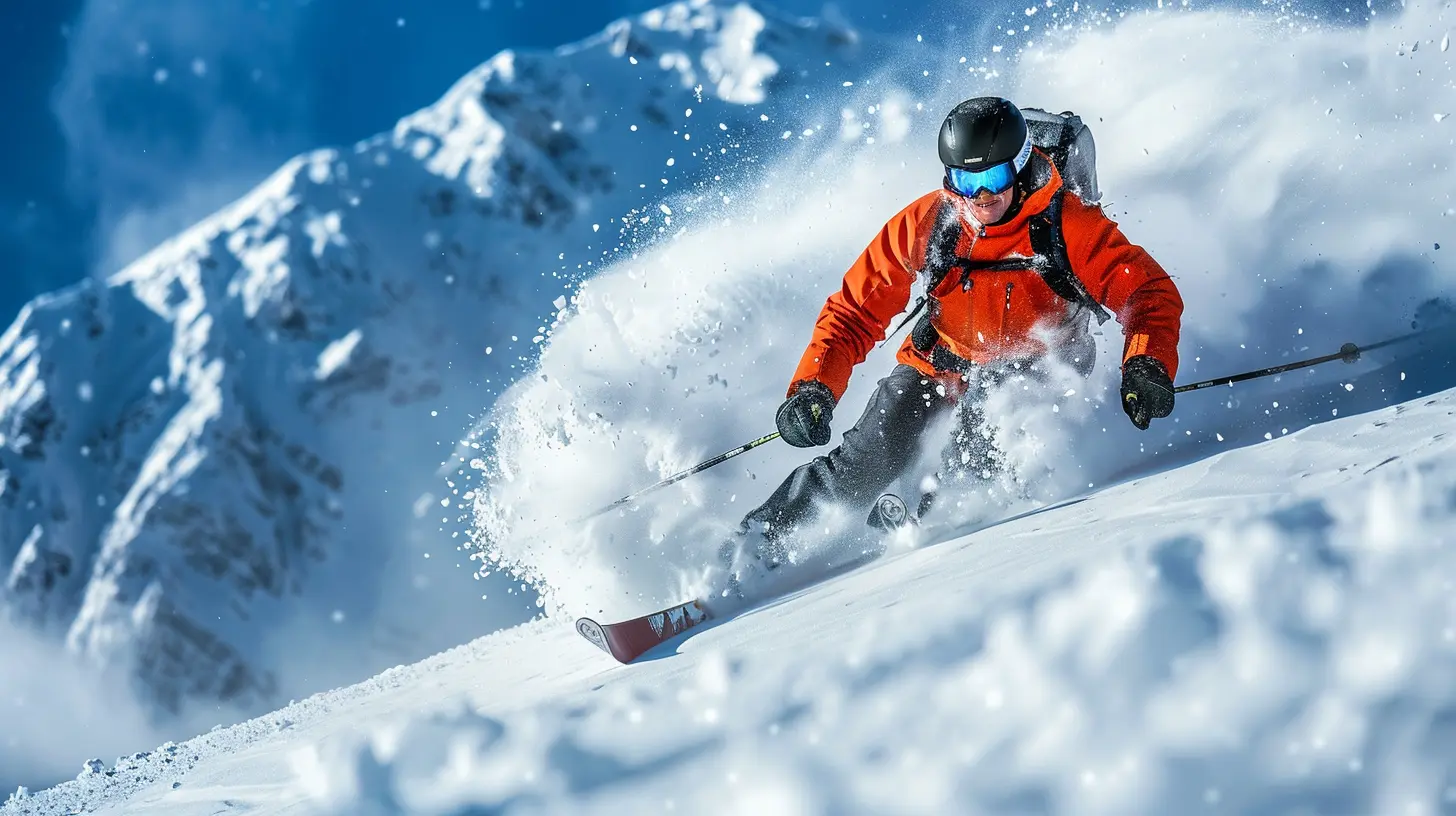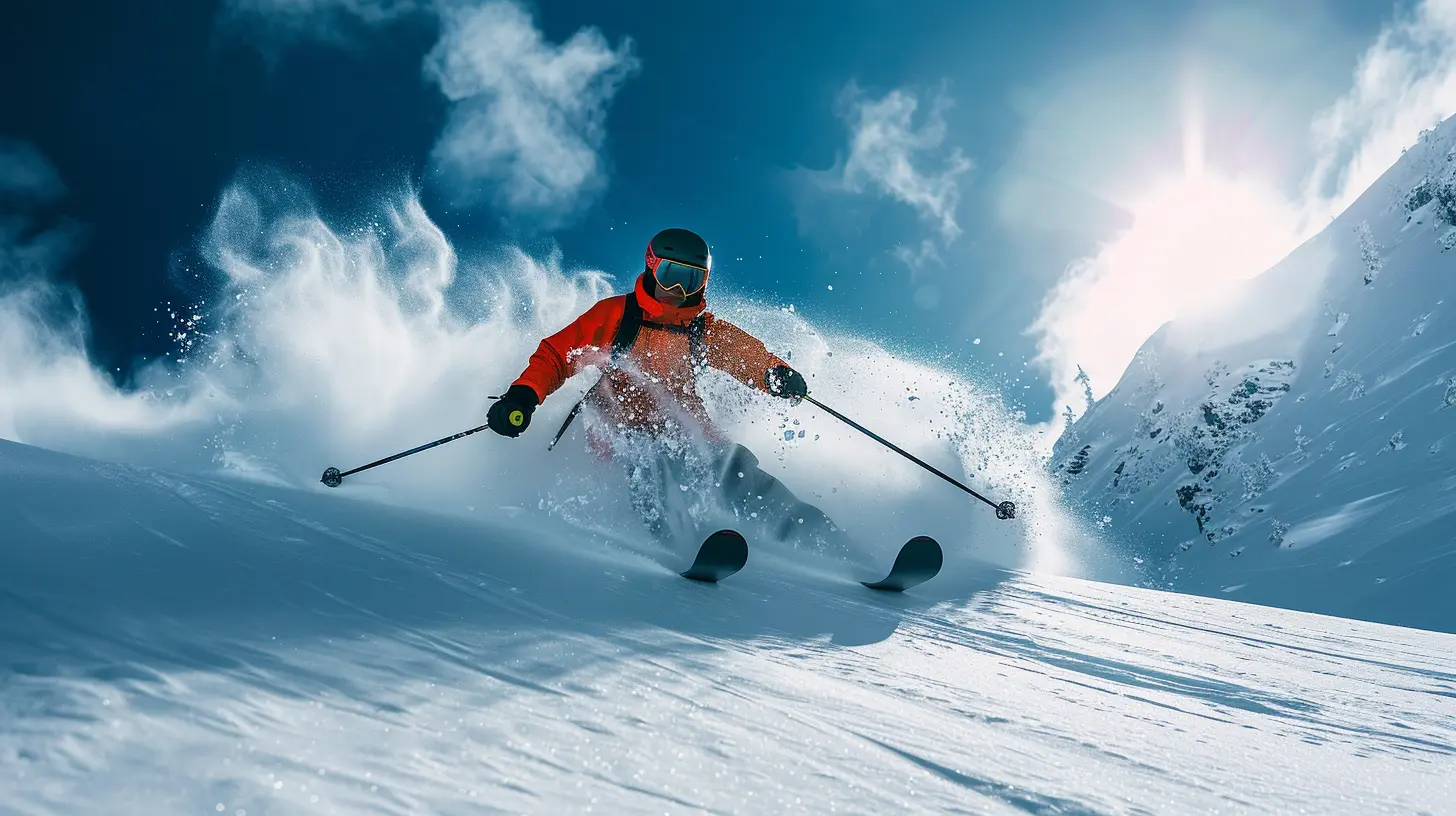26 April 2025
Skiing on fresh powder is every skier’s dream, but let’s be real—sometimes, conditions aren’t so ideal. Icy slopes can turn an easy ride into a nerve-wracking experience. If you've ever felt your skis skidding uncontrollably or struggled to hold an edge, you know exactly what I'm talking about.
But don’t worry! Just because the mountain is slick doesn’t mean you have to sit this one out. With the right techniques and a little confidence, you can conquer ice like a pro. Let’s break it down with some practical tips to help you stay in control and make the most of your ski day. 
1. Stay Relaxed and Balanced
The first thing to remember? Tension is your enemy. When skiers hit an icy patch, their instinct is to stiffen up, which actually makes things worse. Instead, keep your body loose and centered over your skis.- Stay athletically balanced with your weight slightly forward.
- Keep your knees soft and flexible to absorb shocks.
- Avoid leaning back—this reduces your control and can send you sliding uncontrollably.
Think of it like driving on an icy road: sudden movements can make you lose grip. Smooth and steady wins the race! 
2. Use Sharp Edges to Your Advantage
Ever tried cutting a steak with a dull knife? It’s frustrating, right? The same principle applies to skiing on ice. Sharp edges can make all the difference between gripping and slipping.- Get your skis tuned regularly, especially before icy conditions.
- If you feel like you're sliding too much, try increasing your edge angles when turning.
- Use short, controlled turns rather than big sweeping ones to maintain grip.
A well-tuned ski with strong edges digs into the ice, giving you the control you need to stay upright. 
3. Adjust Your Technique
Icy conditions demand a slight tweak in your skiing style. A few small adjustments can make a huge difference:- Shorter turns: Keep your turns tighter to maintain control.
- Less pressure on the edges: Avoid digging too hard into the ice, or you may skid.
- Plant your poles firmly: This helps stabilize your movement and control turns better.
Think of your skis like ice skates. You wouldn’t try to force a hockey stop on pure ice—you’d glide into a controlled stop instead. The same principle applies here. 
4. Pick the Right Ski Gear
If you’re skiing icy slopes often, your gear can make or break your experience. Consider these upgrades for better performance:- Skis with a smaller turn radius tend to grip better on ice.
- Stiffer boots provide more control and prevent unnecessary movement.
- High-quality wax helps your skis glide more smoothly on icy surfaces.
If you're unsure about your setup, a quick consultation at a ski shop can work wonders.
5. Use the Right Terrain
Let’s be honest—some runs are just brutal when they’re icy. If conditions are rough, choose your terrain wisely:- Stick to groomed trails (they're usually less icy than ungroomed runs).
- Avoid steep slopes if you don’t feel confident in your edge control.
- Check weather reports beforehand—early mornings tend to be icier due to overnight freezing.
If you’re unsure, ski a test run on an easier slope before hitting the more challenging trails.
6. Master the Hockey Stop
Ever seen ski racers come to a sudden halt in a cloud of snow? That’s called a hockey stop, and it’s an essential skill when skiing on ice.Here’s how to do it:
1. Turn your skis sideways across the hill.
2. Bend your knees slightly and put more pressure on the edges.
3. Use both skis evenly to control the stop.
This technique is great for controlling speed on icy patches and avoiding dangerous wipeouts.
7. Keep Your Speed in Check
Speed can be both your friend and your worst enemy. Going too fast on icy conditions? Recipe for disaster. But going too slow? You might not have enough momentum to carve through the ice.- Maintain a moderate speed—fast enough for control, but not so fast that you can’t stop.
- Use gentle turns to regulate your pace instead of relying on full stops.
- If you feel out of control, recenter your balance and regain confidence before continuing.
Remember, icy conditions require finesse, not reckless speed.
8. Know When to Call It a Day
Lastly, sometimes it’s okay to pack it in. If the ice is too extreme and you’re not feeling confident, don’t risk injury just to prove a point. Ski another day when conditions are better. There’s no shame in it!Stopping early is better than ending your day with a trip to ski patrol. Safety always comes first.
Final Thoughts
Skiing on icy terrain can be intimidating, but with the right approach, it’s totally manageable. By keeping your body relaxed, using sharp edges, refining your technique, and picking the right gear, you can turn a nerve-wracking challenge into a rewarding experience.So next time you hit the slopes and find yourself staring down a slick, icy run—don’t panic. Stay confident, trust your skills, and ski smart. Happy skiing!


